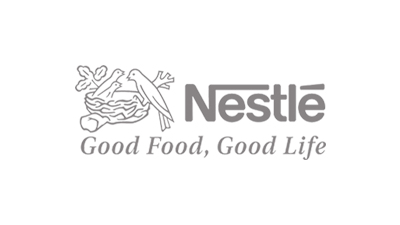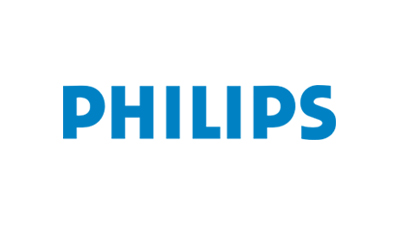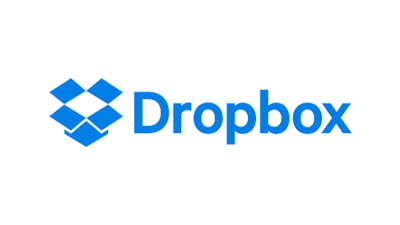This report studies the global Poly (Ether-ketone-ketone) (PEKK) market status and forecast, categorizes the global Poly (Ether-ketone-ketone) (PEKK) market size (value & volume) by manufacturers, type, application, and region. This report focuses on the top manufacturers in North America, Europe, Japan, China, India, Southeast Asia and other regions (Central & South America, and Middle East & Africa). Poly (ether-ketone-ketone) (PEKK) is a semi-crystalline thermoplastic in the PAEK (Poly Aryl Ether Ketone) family, with high heat resistance, chemical resistance and the ability to withstand high mechanical loads. The global production of PEKK increased from 329 MT in 2013 to 511 MT in 2017 at an average annual growth rate of more than 11.72%. Europe is the biggest manufacturing base with the production market share of 63.8 % in 2017 followed by India. Arkema is the global leader. In the next five years, the global production of PEKK will maintain 7.25% average annual growth rate. The PEKK is mainly used in aerospace, automotive industry and medical industry. Using 3D printing techniques such as selective laser sintering (SLS), PEKK components with complex geometries and unique shapes can be manufactured rapidly without molds or dies. With the development of 3D printing technology, there will be an increasing demand of PEKK in the next few years. EU and North America are the main consumption markets. This industry is monopolized by a few companies such as Arkema and Rallis, while Rallis supply PEKK mainly for Cytec Solvay Group. In China, Kaisheng New Materials is the only manufacturer and the first one to break the technology monopoly. OPM is a recognized leader in high performance additive manufacturing. Although sales of PEKK brought a lot of opportunities, the study group recommends the new entrants just having money but without technical advantage and downstream support do not enter into the PEKK field abruptly. The global Poly (Ether-ketone-ketone) (PEKK) market is valued at 37 million US$ in 2017 and will reach 88 million US$ by the end of 2025, growing at a CAGR of 11.7% during 2018-2025. The major manufacturers covered in this report Arkema Rallis Kaisheng New Materials OPM Polymics ... Geographically, this report studies the top producers and consumers, focuses on product capacity, production, value, consumption, market share and growth opportunity in these key regions, covering North America Europe China Japan India Southeast Asia Other regions (Central & South America, Middle East & Africa) We can also provide the customized separate regional or country-level reports, for the following regions: North America United States Canada Mexico Asia-Pacific China India Japan South Korea Australia Indonesia Singapore Rest of Asia-Pacific Europe Germany France UK Italy Spain Russia Rest of Europe Central & South America Brazil Argentina Rest of South America Middle East & Africa Saudi Arabia Turkey Rest of Middle East & Africa On the basis of product, this report displays the production, revenue, price, market share and growth rate of each type, primarily split into Electrophilic substitution Nucleophilic substitution By Application, the market can be split into Aerospace Automotive Industry Medical Industry Others The study objectives of this report are: To analyze and study the global Poly (Ether-ketone-ketone) (PEKK) capacity, production, value, consumption, status (2013-2017) and forecast (2018-2025); Focuses on the key Poly (Ether-ketone-ketone) (PEKK) manufacturers, to study the capacity, production, value, market share and development plans in future. Focuses on the global key manufacturers, to define, describe and analyze the market competition landscape, SWOT analysis. To define, describe and forecast the market by type, application and region. To analyze the global and key regions market potential and advantage, opportunity and challenge, restraints and risks. To identify significant trends and factors driving or inhibiting the market growth. To analyze the opportunities in the market for stakeholders by identifying the high growth segments. To strategically analyze each submarket with respect to individual growth trend and their contribution to the market. To analyze competitive developments such as expansions, agreements, new product launches, and acquisitions in the market. To strategically profile the key players and comprehensively analyze their growth strategies. In this study, the years considered to estimate the market size of Poly (Ether-ketone-ketone) (PEKK) are as follows: History Year: 2013-2017 Base Year: 2017 Estimated Year: 2018 Forecast Year 2018 to 2025 For the data information by region, company, type and application, 2017 is considered as the base year. Whenever data information was unavailable for the base year, the prior year has been considered. Key Stakeholders Poly (Ether-ketone-ketone) (PEKK) Manufacturers Poly (Ether-ketone-ketone) (PEKK) Distributors/Traders/Wholesalers Poly (Ether-ketone-ketone) (PEKK) Subcomponent Manufacturers Industry Association Downstream Vendors Available Customizations With the given market data, QYResearch offers customizations according to the company's specific needs. The following customization options are available for the report: Regional and country-level analysis of the Poly (Ether-ketone-ketone) (PEKK) market, by end-use. Detailed analysis and profiles of additional market players.
Table of Contents Global Poly (Ether-ketone-ketone) (PEKK) Market Professional Survey Report 2018 1 Industry Overview of Poly (Ether-ketone-ketone) (PEKK) 1.1 Definition and Specifications of Poly (Ether-ketone-ketone) (PEKK) 1.1.1 Definition of Poly (Ether-ketone-ketone) (PEKK) 1.1.2 Specifications of Poly (Ether-ketone-ketone) (PEKK) 1.2 Classification of Poly (Et









